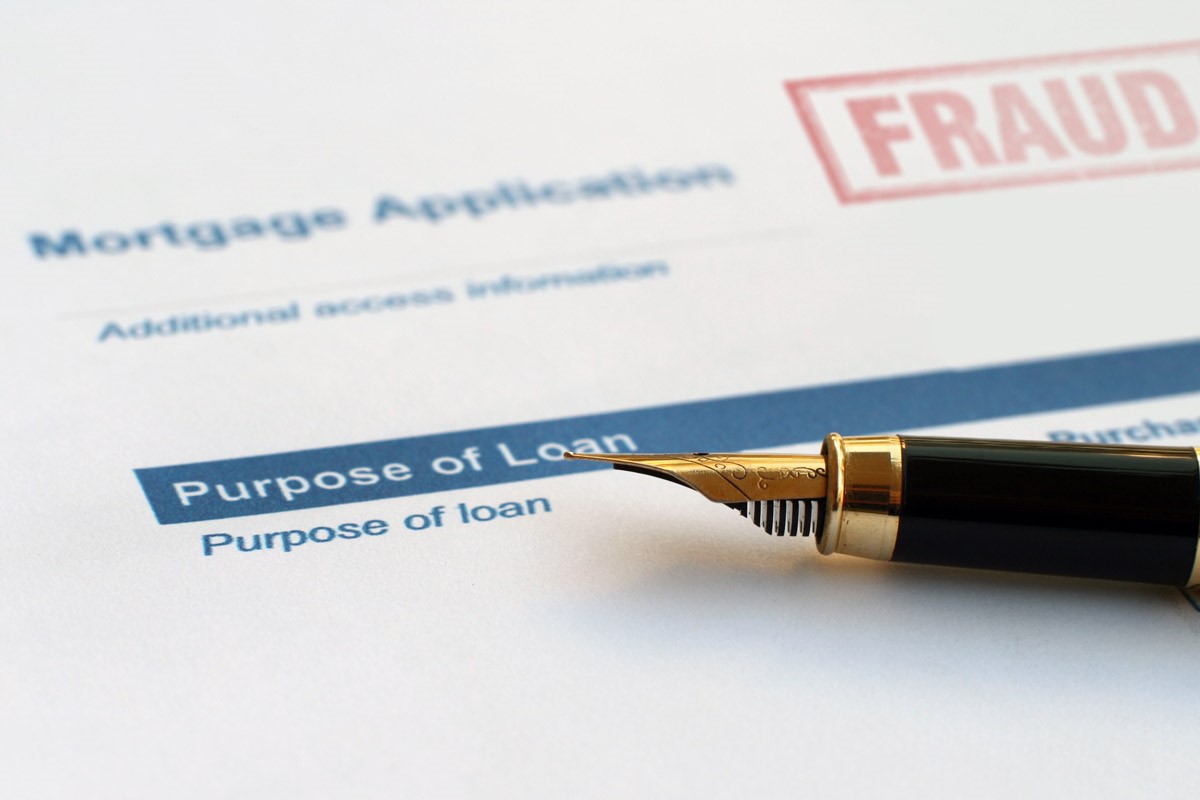
Mortgage Fraud Is on the Rise – Here is What You Need to Know
September 7, 2023
Mortgage fraud is not a new problem, but there are strong indications it is on the rise. Incidents of mortgage fraud have steadily increased since 2010, and an estimated one in every 109 mortgage applications had fraud indications during the second quarter of 2018.
Justin Vedder, Senior Vice President of Enterprise Sales at Altisource, expects the mortgage fraud trend will continue through 2019 for two reasons. First, he believes that low volume means people are more willing to take risks or “try to push things through.” Second, “lenders are looking for new products to reach a new set of borrowers,” Vedder explains. “The underwriting requirements and investor guidelines on new loan programs differ greatly from the traditional loans the industry has grown accustomed to over the past few years. Bottom-line, lenders are susceptible to fraud in this environment.”
What kinds of fraudulent behavior are people committing?
With mortgage fraud on the rise, it’s important to know how to spot fraudulent behavior. According to Vedder, there are a few things to look out for:
Straw Borrowers
A straw
borrower is a person whose identity and credit history are used to hide the identity of the true buyer.
Whether working as part of a large mortgage fraud scheme or procuring a home loan for someone who otherwise wouldn’t
qualify, straw borrowers can (and should!) be held criminally
responsible for misrepresenting themselves. For example, in 2016, a California real estate agent was
sentenced to 14 years in prison for her role in a mortgage fraud scheme involving straw buyers that cost financial institutions over 16
million dollars.
Undisclosed Debt
According to Vedder, lenders are seeing a growing number of undisclosed debt cases. For example, let’s say a
borrower who’s prepared to sign a document stating everything in their loan application is true neglects to disclose
that he/she bought a new car yesterday. While this might not seem like a big deal, it actually would alter the
borrower’s debt-to-income ratio, meaning that the information in the application would no longer be accurate.
Although Vedder points out that this isn’t technically fraud, undisclosed debt does make a potential borrower
ineligible to take out a loan.
Inflated Property Values
House flipping has become increasingly popular, thanks in no small part to television programs like HGTV’s Flip or Flop. While
the practice of buying a property, fixing it up, and reselling it a short time later at a higher price is legal, it
becomes illegal when the property is bought and then quickly resold at an artificially inflated
value. This typically happens after a fraudulent appraisal that overstates renovations done to the property. Perpetrators of this type of mortgage fraud often recruit a straw buyer to apply for a
mortgage after the inflated appraisal report is submitted to the lender. They later default on the loan.
Income Fraud
Income fraud risk jumped 22 percent between the second quarter of 2017 and the second quarter of 2018. Why has this
type of mortgage fraud become so pervasive? The most recent housing crash caused lenders to impose strict limits on the amount of money people could
borrow relative to the amount of money they make, causing some loan applicants to stretch the truth about what they
earn in order to qualify for home loans. Unfortunately, by using the magic of the internet, people wanting to commit income fraud can easily get fake paycheck stubs or
find someone who will pretend to be their boss when lenders call to check their employment status.
How can people protect themselves?
While understanding the various types of mortgage fraud is important, without knowing how to stop fraud, it’s not good enough. Vedder offers the following advice:
• Always be aware of and understand fraud trends in the
marketplace, and train your staff—especially the less experienced ones—to do the same. Fannie Mae and Freddie Mac
offers an outstanding fraud prevention
resource for lenders that identifies trends and provides suggestions for handling the latest schemes.
• Make sure closing agents are carefully vetted. Rather than
trusting the title company to take care of it, Vedder believes it’s necessary to use independent third parties to do
a review of the closing. “This ensures,” says Vedder, “that people
understand how their escrow accounts are, in fact, separate from their operating accounts, that they have licenses
in the states they say they are working in and that they have insurance in
place.”
• “Fraudsters are often one step ahead of the industry,” says
Vedder. “They are persistent, innovative and savvy.” Therefore, he suggests taking advantage of technology to beat
perpetrators of fraud at their own game. Great tools for preventing and
detecting fraud include CoreLogic
and FraudGuard.
• Watch for common red flags such as
employment inconsistencies, multiple AUS runs and multiple credit discrepancies. “Make sure
things are reasonable,” says Vedder.
Although mortgage fraud is on the rise, it can be prevented. Becoming armed with information about the various types of fraud as well as Vedder’s expert advice on how to detect it, will be better prepare you to guard against this persistent problem.